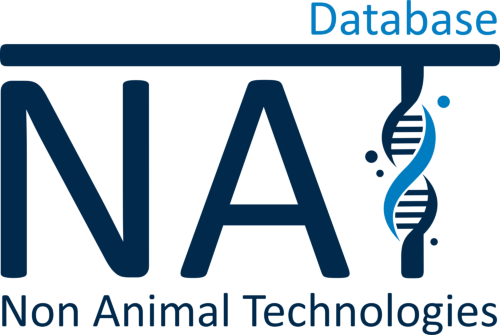Blood vessels-on-a-chip displays substance exchange and reaction to growth factors
2018
Technische Universität Wien Institut für Angewandte Synthesechemie, Vienna, Austria
Organ-on-a-chip-systems can be used to precisely control, monitor and measure complicated biological processes - much better than would be possible directly on humans.
Endothelial cells are used and stem cells are added in order to contribute to vascular stabilisation. Based on these cells, a network of small blood vessels is built within a few days. These are supplied with oxygen and nutrients via an artificial artery - without direct connection, but substance exchange is possible. This plays an important role in wound healing as well as in diseases like cancer. A fast-growing tumour must be able to be supplied with sufficient quantities of nutrients - which is why it ensures unnaturally fast growth of fine blood capillaries. The chip can now be used to investigate the exact process of nutrients transfer much better than it was possible to date.
Engineering of three-dimensional pre-vascular networks within fibrin hydrogel constructs by microfluidic control over reciprocal cell signaling
Peter Ertl
Barbara Bachmann et al. Biomicrofluidics 2018 [1]
innovations report: Forum für Wissenschaft, Industrie und Wirtschaft [2]
Added on: 04-30-2020
[1] https://aip.scitation.org/doi/abs/10.1063/1.5027054[2] https://www.innovations-report.de/html/berichte/biowissenschaften-chemie/ein-chip-mit-echten-blutgefaessen.html





